Advertisement
International study finds 94.6% success for scheduled transmissions, good patient acceptance

Abundant evidence shows that remote monitoring of patients’ cardiac implantable electronic devices (CIEDs) promotes improved patient outcomes, but adherence to remote monitoring has generally been unsatisfactory to date. Now findings from an international study indicate that the success rate of scheduled remote monitoring transmissions can be significantly improved when CIEDs are linked with patients’ own smart devices for direct communication via an app. The study, recently published in Heart Rhythm O2, also found that remote monitoring using the smart device app was positively perceived by patients, who rated it highly for safety and reassurance about transmission.
Advertisement
Cleveland Clinic is a non-profit academic medical center. Advertising on our site helps support our mission. We do not endorse non-Cleveland Clinic products or services. Policy
“This study is the first large assessment of the use of smart devices for direct monitoring of pacemakers or other CIEDs,” says lead author Khaldoun Tarakji, MD, MPH, Associate Section Head of Cardiac Electrophysiology at Cleveland Clinic. “Its results suggest that this technology has potential to positively reshape the care of patients with CIEDs by improving the success of remote monitoring and enhancing the experience for patients and providers alike.”
The approach evaluated in the study uses Medtronic’s BlueSync™ technology, which uses Bluetooth® low energy signals to enable communication between a patient’s CIED and his or her smart device (phone or tablet). This communication is facilitated by a free app, the MyCareLink Heart™ app, which is downloaded to the patient’s smart device to automatically and securely transfer information from the CIED to the CareLink™ network, a server-based repository of CIED data for retrieval by healthcare providers. The app allows patients to see the status of their remote monitoring transmissions and transmission history, as well as activity tracker data and information about their CIED.
The app-based approach was designed to overcome limitations of traditional remote monitoring data transmission, which takes place through a console at the patient’s bedside at home, with data transferred to a central repository via an analog phone line or cellular network. Those limitations include difficulties with console activation for some patients, challenges for patients who travel, and lack of feedback to patients to confirm successful data transmission. “The app enables patients to use their smartphone or tablet as their data transmitter, bypassing the need for any console or handheld reader,” Dr. Tarakji notes.
The study was a prospective, multicenter investigation of patients with indications for an implanted pacemaker or cardiac resynchronization therapy (CRT) pacemaker from the United States, the United Kingdom, France and Italy. Patients were screened to confirm they had an app-compatible smart device and that they were willing to use the app throughout the 12-month study evaluation. Enrollment took place from April to December 2018.
The primary endpoint was the success rate of scheduled remote monitoring transmissions using the app-based approach in these patients (BlueSync group) compared with the success rate in a historical control group from the Medtronic CareLink database during the period 2016-2018. The control group consisted of matched patients with a pacemaker who used a wand to manually communicate via bedside console (pacemaker manual transmission group).
Secondary analyses were performed to compare results against success rates in two additional historical control groups from the same Medtronic database: matched patients with a pacemaker who used wireless automatic communication via bedside console (pacemaker wireless group), and matched patients with a defibrillator who used wireless automatic communication via bedside console (defibrillator wireless group).
Patients in the BlueSync group were surveyed at baseline and at the end of the 12-month evaluation to assess their perceptions of the app.
In the BlueSync group, 245 patients were eligible for analysis. They had a mean age of 64.8 years, were predominantly male (58.4%), and had a diverse range of educational backgrounds and levels of experience with smart technology. Most (79%) had a pacemaker (nearly all dual-chamber devices), with 21% having a CRT device.
Over 12 months, these 245 patients collectively had 953 scheduled transmissions, of which 902 were successfully completed, for a success rate of 94.6%.
After using an algorithm to match the three historical control groups to the BlueSync group according to age, sex and number of device chambers, the researchers found the following success rates for scheduled transmissions:
Advertisement
Each of these success rates was significantly lower than that in the BlueSync group (P < 0.001).
To assess real-world use of the app-based approach, the researchers also tracked scheduled transmission success for an additional 811 patients using the app for at least 12 months outside of the study. Among these patients (mean age, 69 years; 62% male), the success rate was 92.8% across 2,365 scheduled transmissions, which was highly consistent with the 94.6% rate for the BlueSync group in the study.
The study’s patient surveys showed good acceptance of the app-based approach:
Additionally, use of the app was associated with high rates of feeling safe (81%) and reassured (87%).
“This study shows that an app-based approach for transmission of remote monitoring data outperformed console-based remote monitoring even after matching groups by age, gender and type of device,” says Dr. Tarakji. “It may be expected that an app-based approach would exceed a method that depends on manual communication with a wand, but it’s notable that it also outperformed the two modalities of wireless automatic communication with a bedside console.”
He says the superior results with the app may be due in part to the easy portability of smart devices and the fact that the app allows patients to view their transmission schedule and sends a notification if a transmission is missed.
The investigators note that the app did not translate into overuse of the system, as patients in the BlueSync group sent fewer unscheduled transmissions than those in the control groups. That and the greater efficiency of transmission success may have positive implications for clinical practice.
Advertisement
“Increased transmission success with remote monitoring has the potential to ease clinical workload by reducing the need for telephone follow-up of patients with missed transmissions,” says Oussama Wazni, MD, Section Head of Cardiac Electrophysiology at Cleveland Clinic. “App-based remote monitoring could therefore help control healthcare costs even while improving the information we receive to manage our patients’ care.”
Although it is hoped that improved transmission of remote monitoring data will lead to improved clinical outcomes, that question was beyond the scope of the present investigation. “Future studies are needed to assess the impact of this novel technology on clinical outcomes,” the study authors conclude.
The study was funded by Medtronic. Image courtesy of Medtronic.
Advertisement
Advertisement

Investigational pulsed-field ablation system also yielded procedural efficiencies
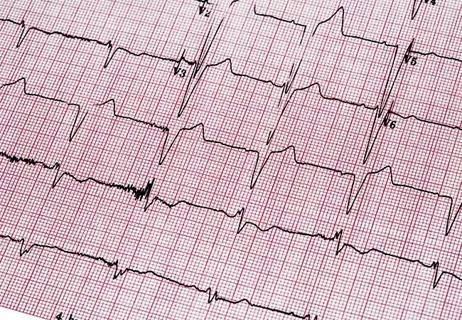
ACC/AHA panel also upgrades catheter ablation recommendations

Nonthermal method promises faster procedure times, less risk to adjacent structures
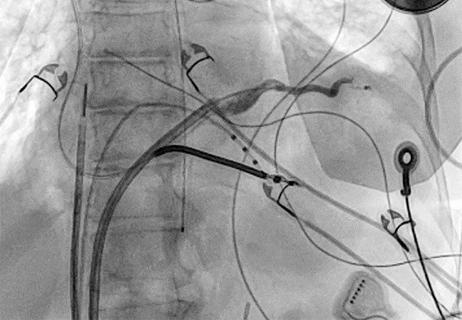
Procedure allows for safer epicardial VT mapping and ablation
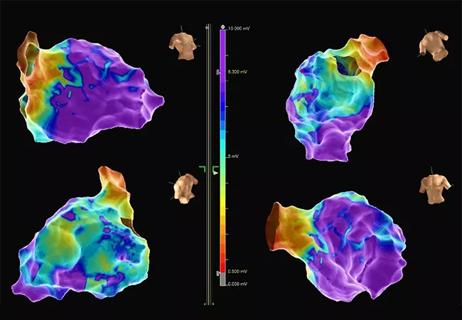
Study finds that in the absence of ACS, the yield is low and outcomes are unaffected
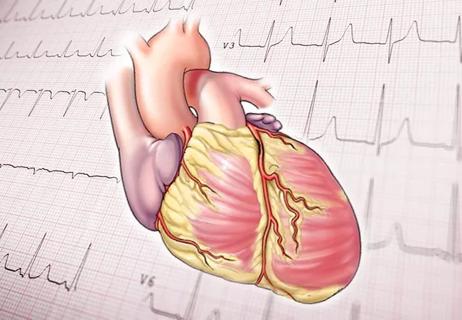
Indications and issues concerning cardiac resynchronization therapy, conduction system pacing
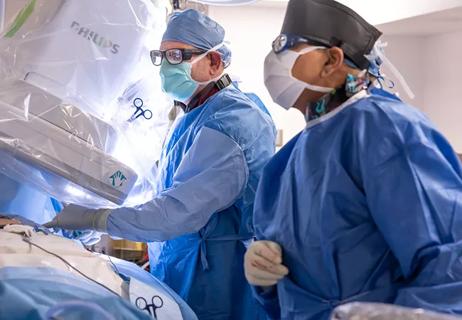
First-in-world implantation performed at Cleveland Clinic
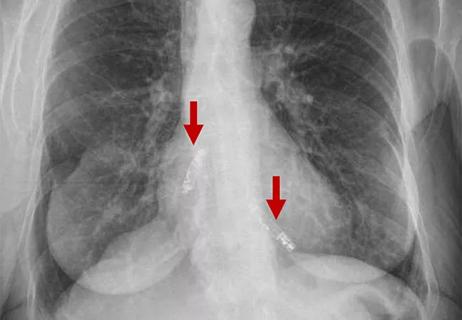
Findings promise potential wireless option for majority of patients who need pacing